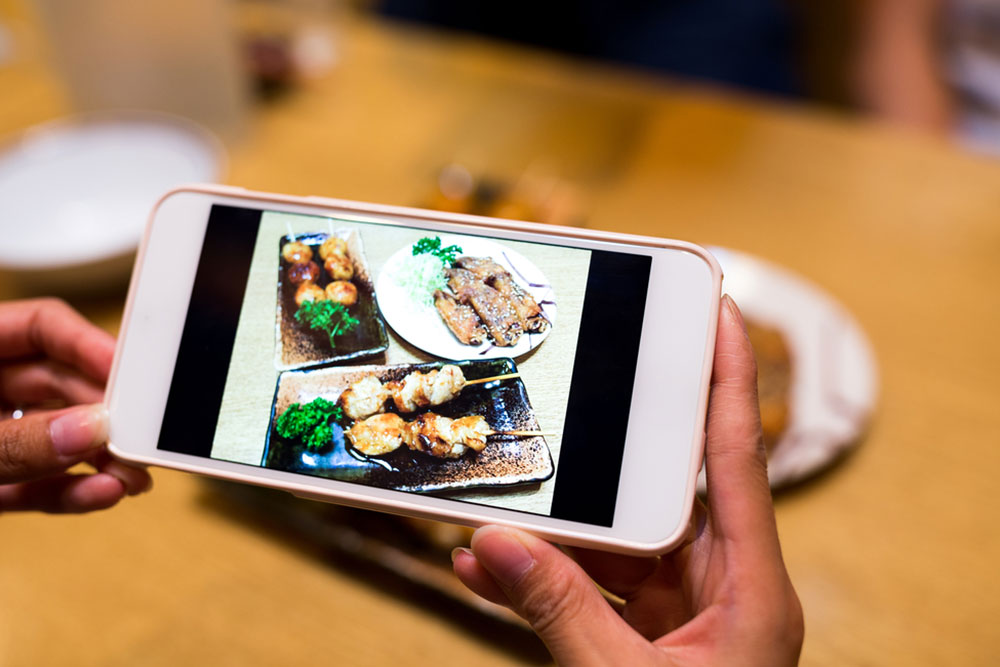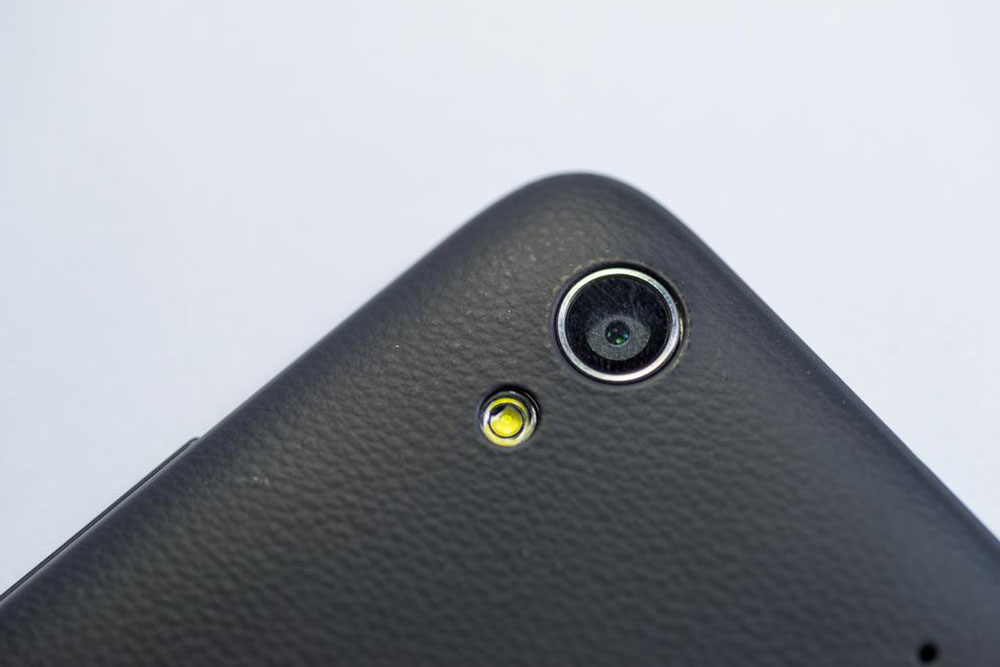Comprehensive Guide to Choosing the Best Smartphone Camera for Your Needs
This comprehensive guide helps you choose the best smartphone camera by exploring key features such as aperture, lens options, video capabilities, and image stabilization. It reviews top models like the iPhone X, Google Pixel, Samsung Galaxy Note 8, and LG V30, highlighting their strengths for various photography needs. Learn how to evaluate camera specifications and features to find the perfect device for capturing stunning photos and videos, whether you're a casual user or a serious photography enthusiast. Make informed choices with our expert insights.

Comprehensive Guide to Choosing the Best Smartphone Camera for Your Needs
In today’s digital age, smartphones have evolved far beyond their initial purpose of facilitating basic communication. They have become powerful portable photographic devices, capable of capturing high-quality images and videos that rival professional cameras. The rapid advancements in mobile camera technology have transformed smartphones into must-have tools for photography enthusiasts and casual users alike. If you’re on the hunt for a smartphone with an exceptional camera, understanding the key features and specifications that matter most can help you make an informed decision. This extensive guide will walk you through the essentials of selecting the perfect smartphone camera tailored to your photography needs.
Leading the pack is the iPhone X, renowned for its impressive camera capabilities and consistent performance in various lighting conditions. Despite its premium price tag, the iPhone X offers exceptional image quality, making it a favorite among photography lovers. Its rear lens features a wide aperture, typically around f/1.8, which allows more light to enter the sensor and results in brighter, sharper images with greater detail. The front camera, boasting a 7-megapixel sensor, excels at capturing high-quality selfies, even in low-light environments, thanks to advanced features like portrait mode and portrait lighting. Optical image stabilization (OIS) is incorporated to minimize blurriness caused by hand movement, ensuring steady shots whether you’re photographing in a dim setting or capturing video content.
Another top-tier contender is the Google Pixel series, especially praised for its exceptional computational photography capabilities. The Pixel’s rear camera typically features a 12.2MP sensor equipped with pixel technology that enhances light sensitivity and detail. The device’s Pixel Visual Core chip processes images swiftly and efficiently, enabling the creation of stunning portraits with natural bokeh effects and vibrant color reproduction. The Pixel camera app offers intelligent scene detection and HDR+ technology to produce well-exposed photos in challenging lighting conditions. For photography aficionados interested in versatility, Pixel phones provide superb low-light performance and crisp image quality across various scenarios.
Samsung’s Galaxy Note 8 stands out with its dual 12MP rear cameras, combining versatility and high quality. It offers optical image stabilization on both lenses and a 2X optical zoom feature, allowing users to capture distant subjects with clarity without sacrificing detail. The wide-angle lens is perfect for landscape shots or group photos, giving users the flexibility to frame shots creatively. The device’s advanced autofocus and HDR capabilities help ensure sharp images in different environments. Video recording features include 4K resolution at 60 frames per second, providing smooth, high-definition footage suitable for professional-quality content creation.
The LG V30 caters to creative users with unique features like built-in filters for artistic effects and a special point zoom function that zooms without quality loss. Its wide-angle dual rear cameras are ideal for capturing expansive landscapes or architecture shots. The phone also includes advanced manual controls for those who want to fine-tune their shots, along with high-quality image stabilization and an intelligent auto mode that adapts to varying lighting conditions seamlessly. With its emphasis on creative photography, the LG V30 offers a versatile camera experience for both amateurs and professionals.
When selecting a smartphone with the best camera features, consider several essential factors. The aperture size on both rear and front cameras significantly influences photo quality, especially in low-light scenarios. A wider aperture (represented by a smaller f-number) allows more light to hit the sensor, leading to brighter and clearer images in dim settings. Additionally, evaluate the video recording capabilities; higher frames per second (fps) settings ensure smoother motion in videos, which is crucial for capturing fast-moving scenes or creating cinematic footage. Optical and digital stabilization technologies are vital for reducing blurriness caused by hand movements. Other features like multiple lens configurations (wide, telephoto, macro), AI-based scene optimization, and advanced editing tools further enhance the photography experience. Considering these factors ensures you select a device that aligns with your photography ambitions, whether casual or professional.





